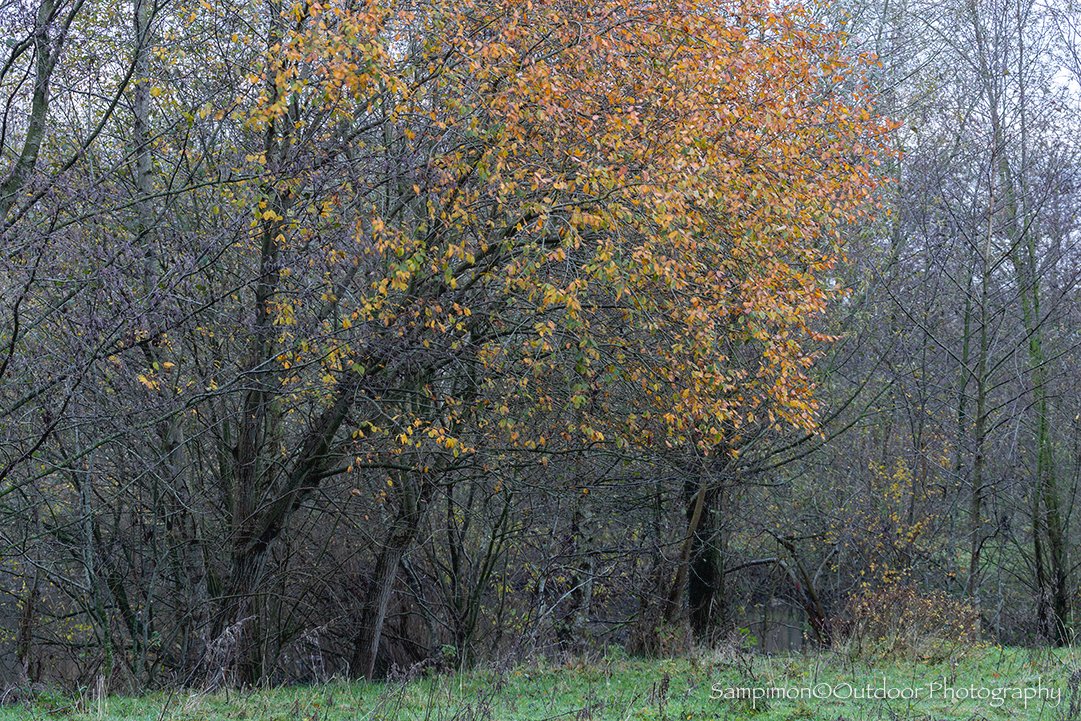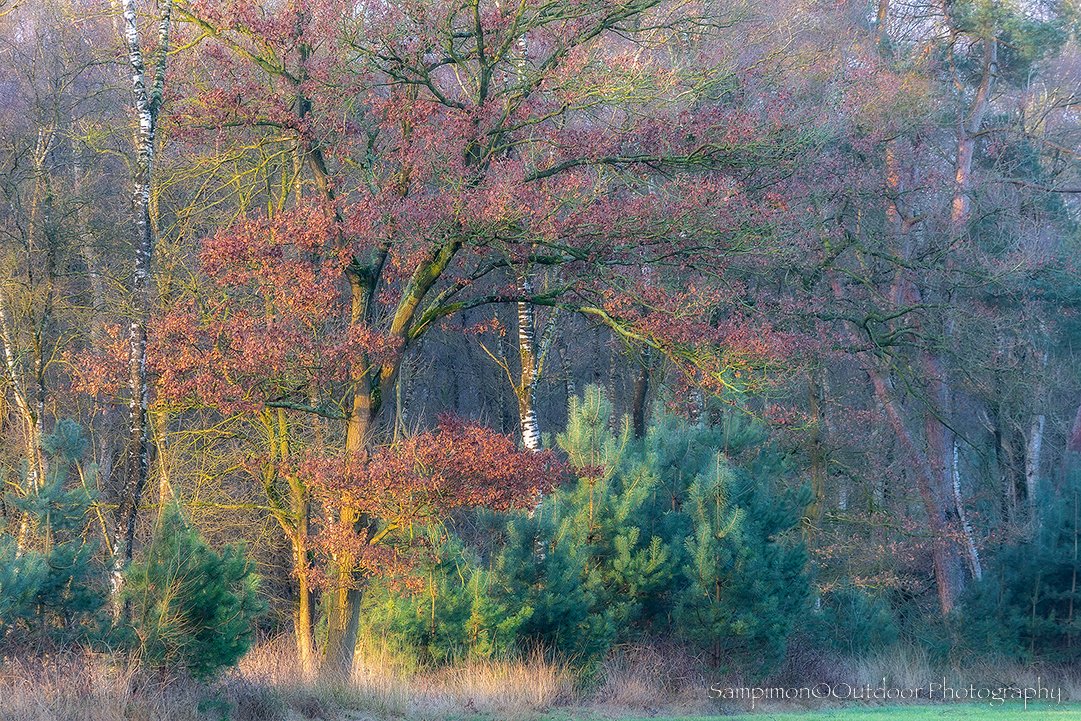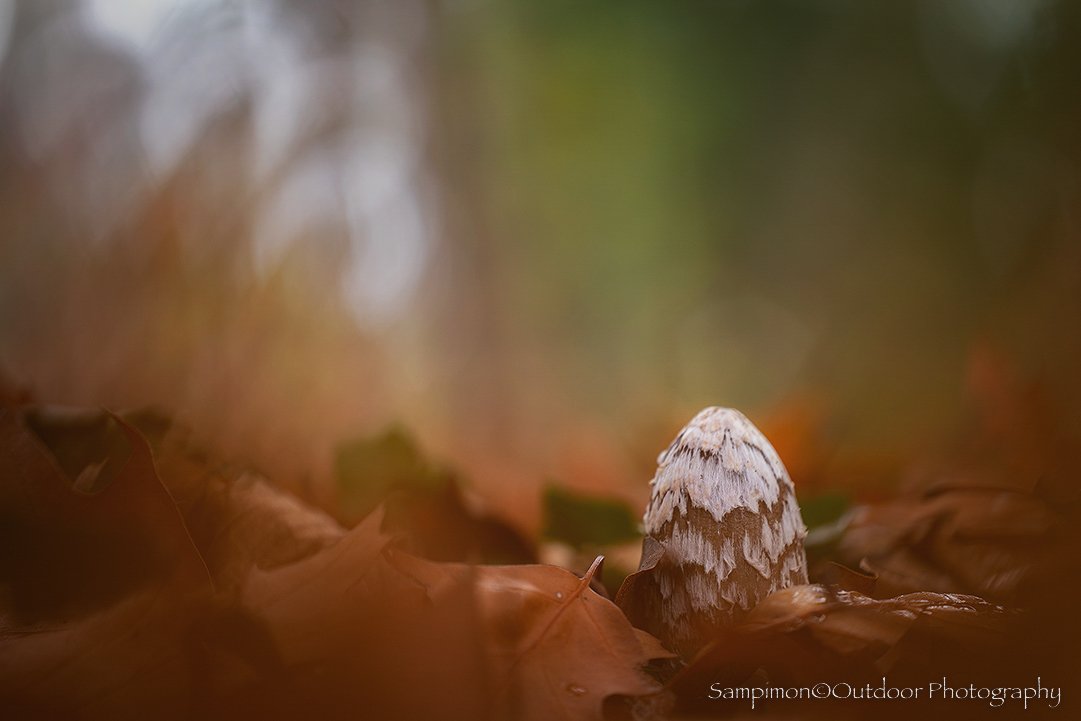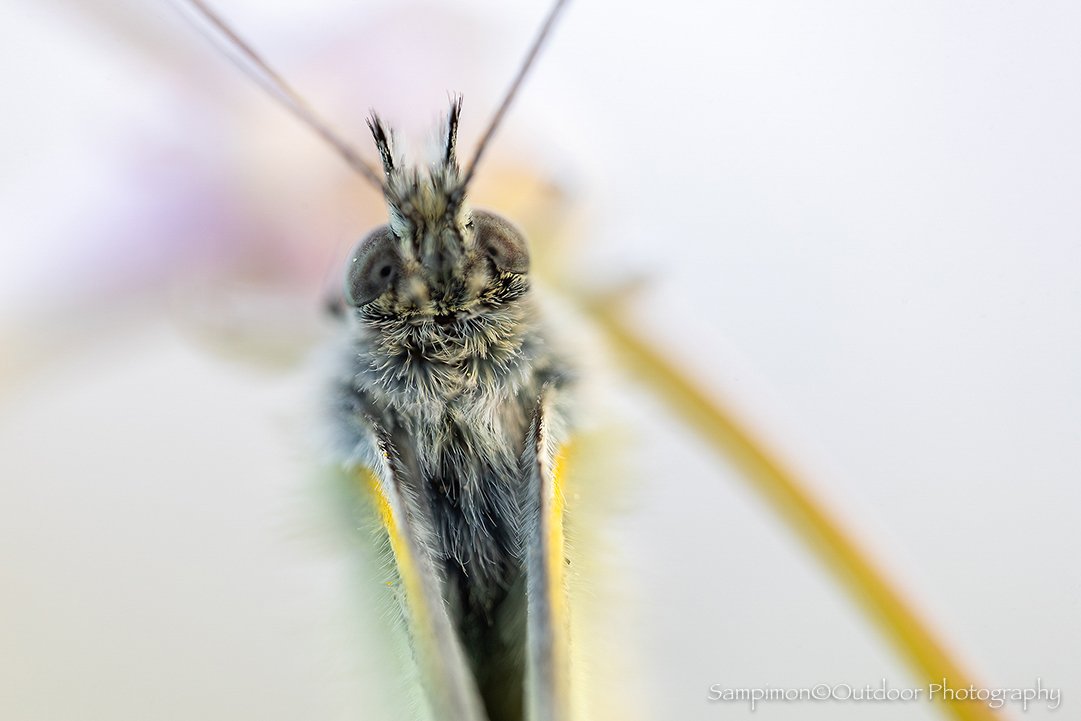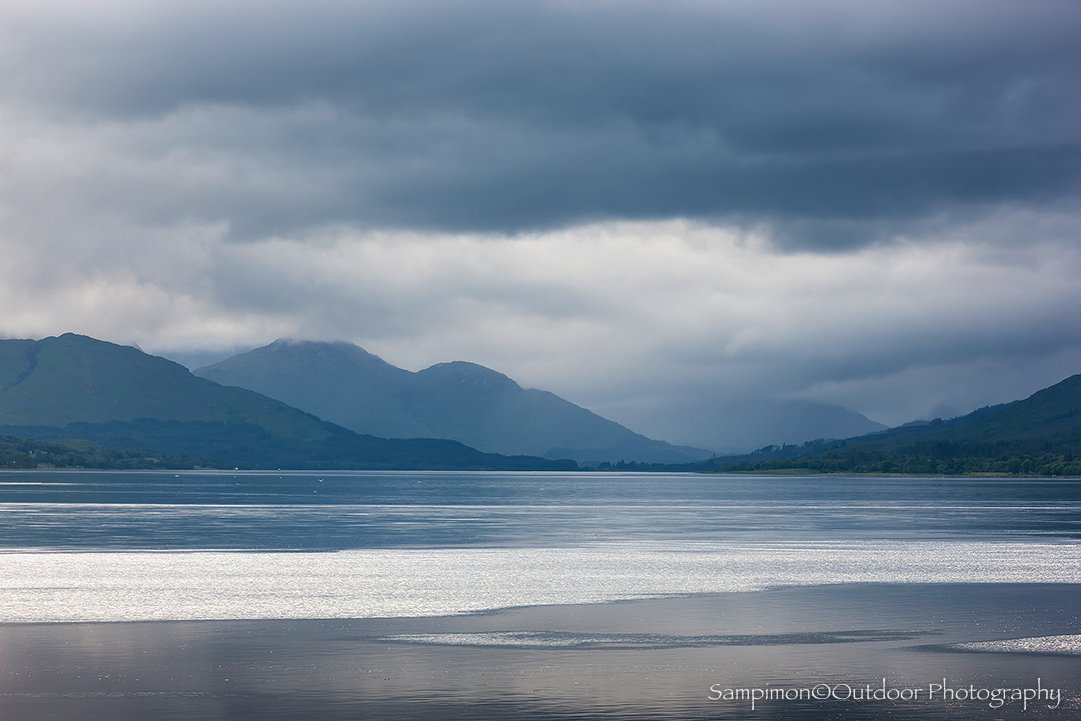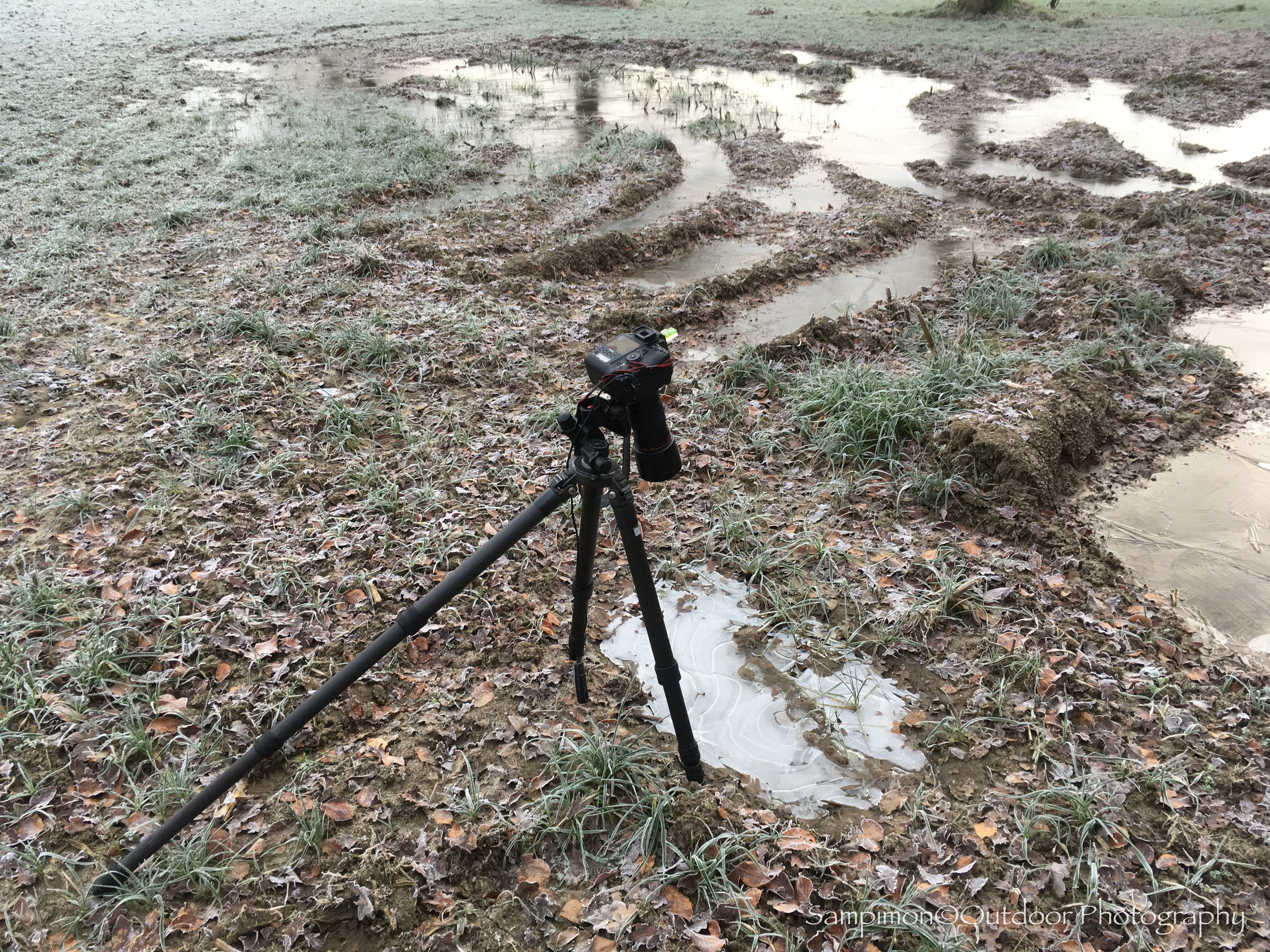To end 2023 in style, I chose a willow in the woodland in my local patch “Het Reggedal”. Only this willow still had beautifully colored autumn leaves at that time, while the rest of the trees had lost their leaves already. At that time it was a gray day and not completely dry. The wet weather that morning brought out the colors of the last leaves and the dark trunks beautifully.
When taking landscape images, I always use my tripod and cable release to create an image as slowly as possible. While I was making this image I thought “okay great” but not “wow”. In my experience, there was something missing in this image, such as nice light, a bit of fog, or fill in that gap according to your own taste.
Raw image “Fireworks”. Iso 100 - 130 mm - f/8 - 2.0 sec.
What was missing for me was the picturesque atmosphere which I had already in mind while I was composing this scenery. For this image I have tried to create the painterly, moody atmosphere by taking multiple images of this intimate woodland. During the entire process, the painterly atmosphere became finally visible and I created the story behind the image. The darkness of the night in this image was characterized by the trunks and branches, the beautiful colors of the leaves as a representation of the fireworks during New Year's Eve.
Final image “Fireworks”.
How did I create this image? Actually quite simple but also somewhat complex. Over the past year I have studied more in depth the technique of multiple exposure and intentional camera movement (ICM). A particularly fun and inspiring technique that seems simple, but is not that easy to create striking images. For the record I am only a beginner but gaining experience requires a lot of time, practice, patience and presentation. Inspired by the images of Pep Ventosa, the originally Spanish photographer/artist, I taught myself a technique to capture 6 to 10 images of a subject (trees/landscapes) and combine them on the basis of layers in Photoshop (PS). Of course, this merge is also possible in my camera, but then I miss the control that I have in PS. Merging and aligning the images takes much more time than my normal editing of an image in PS. For me, this extra time is the deepening layer in photography to add something to an image, which in my case creates the painterly/moody effect.
You could perhaps describe my technique as “dancing with a subject, in my case with trees”, although this sounds quite vague now that I write it down like this. In the coming year I will try to refine this technique and express it more in words and images. I am aware that not everyone likes this form of photography, but that is not a problem for me. Do what makes you happy or inspired you is my way of life.
In addition to the willow above, I have also tried this “dance” on a number of oak trees in my local patch “Het Reggedal”.
Watching oak trees on the bank of the river Regge. ISO 100 - 220 mm - f/8 - 4.0 sec.
Fire. ISO 100 - 170 mm - f/11 - 1/6 sec.
Dancing trees. ISO 100 - 330 mm - f/11 - 1/8 sec.


